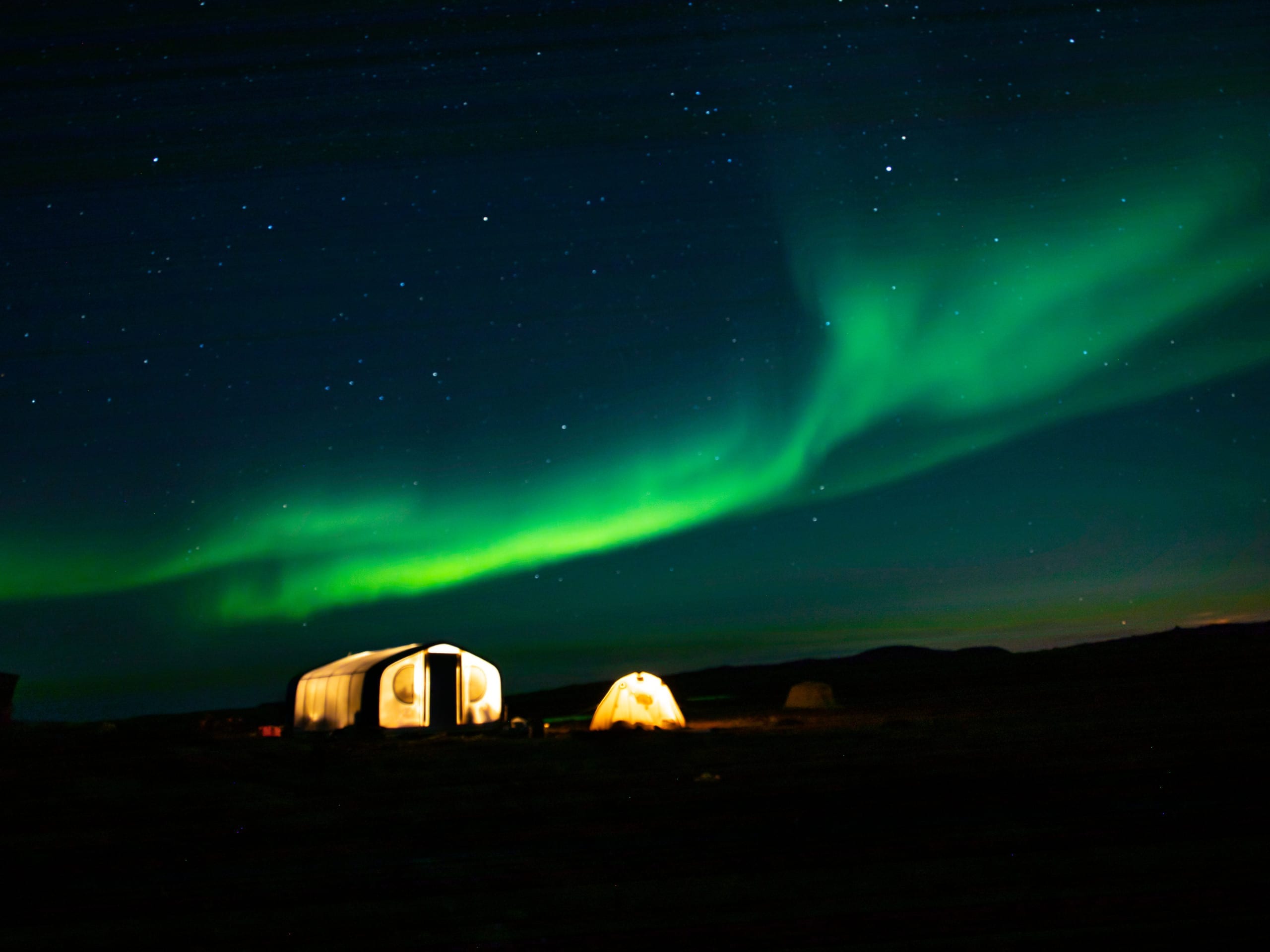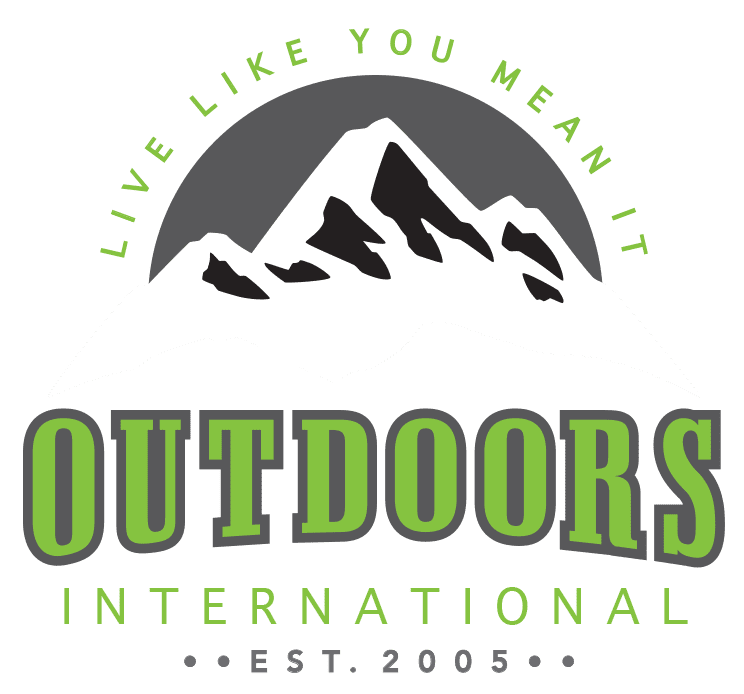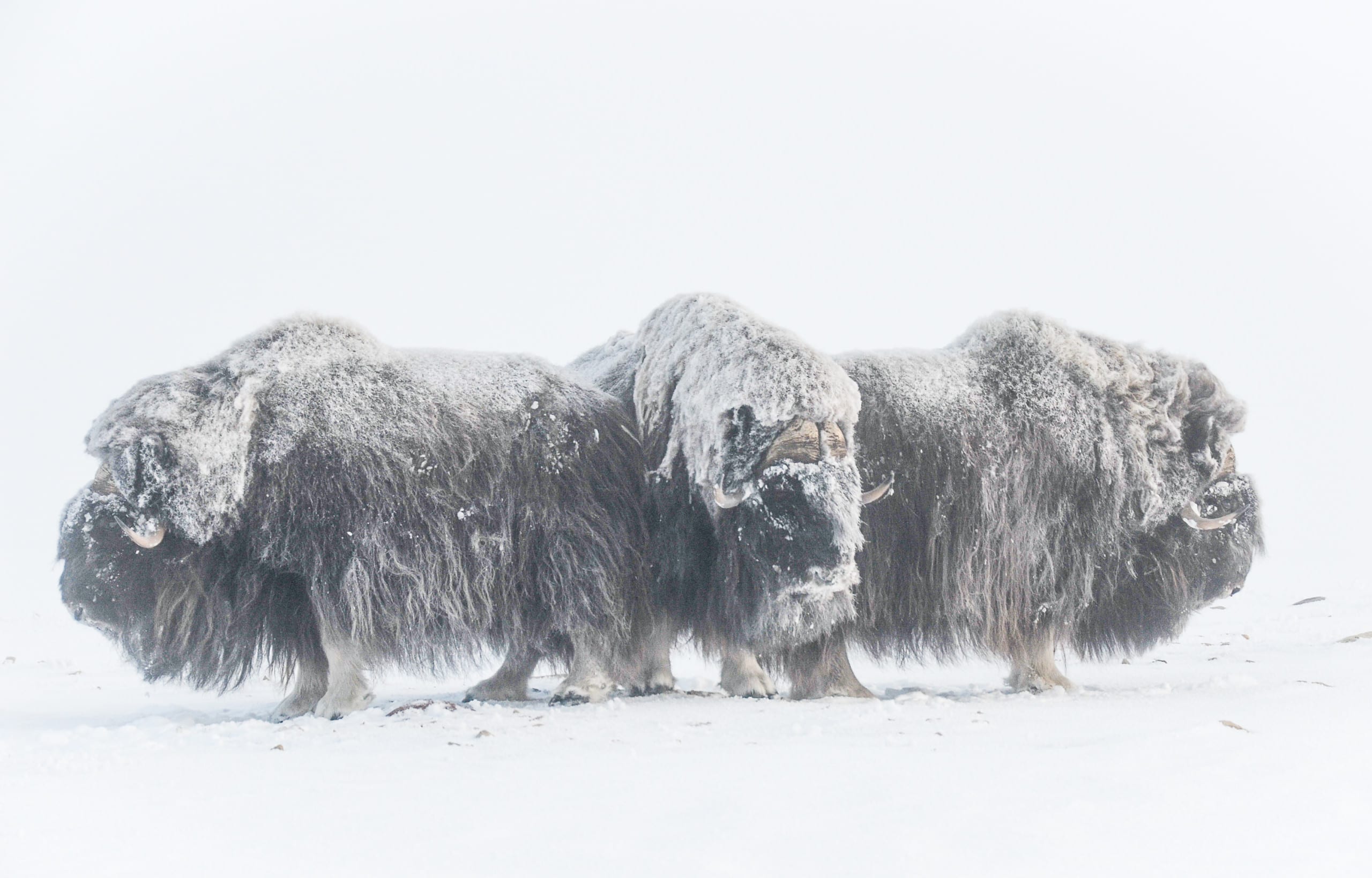MUSKOX HUNT #OI-CNO1
Barren Ground Muskox Hunts in Nunavut, Canada
If you want to experience an Arctic adventure, go muskox hunting in Canada with this premier outfitter!
Found solely on the continental mainland of the Canadian Arctic, Barren Ground muskox (SCI Classification) are the world’s largest of all Muskox varieties both in body size and horns. This survivor of the last Ice Age is a unique animal, and hunting them will be the experience of a lifetime…rivaled only by possibly a polar bear hunt.
The Barren Ground muskox is classified by SCI, and is only found only on the mainland of Nunavut, Canada.
Their range includes the region from the Arctic coast of Queen Maud Gulf to the north, and from Cape Bathurst in the west to the Sherman Basin in the east. Our outfitter has been hunting this area since March of 1986, and entries from their hunters dominate the the Boone and Crockett and SCI record books.
Unmatched Trophy Quality
Barren Ground muskox are much larger than the Greenland subspecies and our outfitter dominates the record books. Their hunting areas produce tremendous opportunities on high scoring bull muskox with many of the top entries in the B&C, P&Y and SCI record books.
Our outfitter is operating in three new regions of Nunavut with a limited number of muskox tags available to Adventure hunters.
The muskox population throughout these new areas is exceptionally healthy, with herds upwards of 20 animals frequently seen while out on the land. All hunts are based on a 2×2 hunter to guide ratio travelling together for safety measures. As with our other hunt locations, we expect to harvest several Boone & Crockett, Pope & Young and SCI record book bulls.
There are spring, summer and fall hunting seasons for Barren Ground Muskox in Canada.
- Spring Hunt (Mid-March to Mid-April) – A spring muskox hunt is the best hunt for you if you want and Arctic adventure, and to experience the Inuit culture in the harshest environment on earth. The Inuit people assist our outfitters with their traditional hunting knowledge. You will hunt from a sled that is being pulled by a snow machine, which allows you to cover a lot of ground quickly in search of a trophy bull. You will typically see more animals on the spring hunts than you will in the fall.
- Summer Hunt (Mid-August to Early September) – If braving an Arctic spring hunt isn’t for you, maybe a late summer hunt is more up your alley. This is the only area of Nunavut where the Greenland muskox can be hunted in August and September. This late summer package is ideally suited for individuals concerned about the weather conditions in March or November Victoria Island muskox hunting. What makes summer hunts awesome (other than the weather) is that the rut will be in full swing, peaking in mid-August. The bulls will be butting heads in competition for breeding cows. It’s quite a spectacle to behold! This is a fun spot and stalk style that is perfect for bowhunters. Hunters tend to worry that the hides will not be prime this time of year, but muskox keep their dense fur even through the summer months.
- Fall Hunt Mid-October to Early November – The fall muskox hunts are much like the spring hunts, but the weather isn’t quite as extreme. Depending on the year, there will be snow, and most lakes are frozen…but, the fall hunts aren’t as bitter cold as the spring hunts. You’ll be hunting via snow machines or ATV’s pulling an Inuit sled (Komatik), covering lots of ground looking for mature bulls. One great thing about fall hunts is you can combo them with a caribou.
Incidental Species
Hunting for Arctic wolf and wolverine as an incidental species can be added to your hunt package. If requested, it must be pre-arranged and prepaid; however, if you do not harvest a wolf or wolverine, you will be refunded the full amount less your license and tag fees. Arctic fox can also be added to your license along with Arctic hare and ptarmigan.
Read Trip Reports and Outfitter Reviews

Dates and Pricing
Interested in booking this trip? If you have not yet received pricing please request it here, and be sure to reference the trip number at the top of this page. Please note that reservations are not considered finalized until agreed upon deposit is received. This ensures agreed upon dates and current pricing. Quality outfitters are in high demand so let us know right away, as some trips do book years in advance.
Barren Ground Muskox Hunts Include:
- Services of a licensed Guide with snowmobile pulling a “qamutik” which is an Inuit style sled and includes all gas, oil, camping gear and food throughout the duration of the hunt.
- All ground transportation from the Inuit community to the hunting area.
- Accommodations in a basic plywood cabin during the hunt with tents only used in a backup or for an emergency shelter.
- Field preparation and rough skinning of the muskox hide and horns.
Not Included:
- Travel arrangements from the client’s home to the commercial airport in Edmonton or Winnipeg.
- Arctic flight, hotel accommodations and meals.
- Nunavut hunting license and tag fees.
- Gratuities to Guides.
- Canadian Firearms Import License fee. *Issued by a Canada Customs agent upon
entry into the country. - General Administration Fee.
- Arctic Flight Booking Fee.
- Arctic Wildlife Research Fund Fee.
- Excess airline baggage fees.
- Packing and shipping of the harvested game; taxidermy fees.
- Cancellation and trip interruption insurance.
- Visitor to Canada Health or Medical Emergency Insurance.
- Federal Government sales tax wherever applicable.
- Any additional hotel costs and meals due to delays caused by flight cancellations or delay in surface transfers beyond the control of Canada North Outfitting and its associates.
- Arctic clothing and hunting gear. [See a list] *Rental of down filled parka, bib overalls, mitts and boots is available.
- Flight itinerary change fees and any applicable fare difference costs.

To fully appreciate, enjoy and get the most out of your Arctic Adventure, please remember where you are in the World! Hunting in Nunavut is at par with any International Hunt destination that is rich in Culture and Traditions that are Unique to the Inuit of North America.
Lodging and Accommodations
Comfortable camps are situated in prime areas that may be up to 160 kilometers from any one of our Inuit communities.
In our new locations, you will have the option of staying in the local community hotel with Inuit Guides, taking you out on the land daily, or camping out on the land. Transportation is by snowmobile while hunters are towed behind in an Inuit style sled called a “qamutik.”
Guides
In 2014 they saw the need for a northern-based guides training program founded on advancing Inuit culture and traditions. The program’s instructors are local Inuit Senior guides and elders who have an acute knowledge of the land and its wildlife. Southern values do not drive the course outline, thus keeping with the generational passing down of Inuit Knowledge and the skills required to venture out on the land, sea and ice.
The Inuit are skilled hunters, and the goal of the guides training program looks to complement these traditional abilities by offering certification for the knowledge they already possess and help promote a lifestyle and work opportunities for additional local guides.
This outfitter’s partnerships within the Inuit communities of Nunavut are respectful of the people and their culture. All big game harvested by our clients come from each community’s allowable subsistence quotas established by the Nunavut government. Therefore, they are not considered an addition to the overall allowances. All game meat remains with the guide and his family or shared with other community members that cannot hunt on their own.
Respecting Community Values and Traditions
The outfitter does more than just outfitting for adventure hunts. They are involved in year-round community events and activities throughout Nunavut doing their part to ensure that the Unique Inuit Culture not only continues to exist but to thrive in the modern world.
From sponsoring Traditional Inuit Cultural activities such as Throat Singing, Drum Dancing, Elder Sewing classes, Inuit Carving programs and annual Bowhead Whale Hunts to contemporary projects such as funding of books and other educational supplies for Daycare Centres, various Community Feasts, an all Inuit men’s Hockey Team, Youth Skating Programs, annual Fishing Derbies, and Christmas Food Banks just to name a few.
Travel Information
Upon booking, the outfitter will provide complete round trip travel itineraries from the Canadian gateway city to the Arctic destination where the hunt takes place.
- Our clients benefit from our preferred airfare rates that range from 30% to 60% in savings.
- There is a Canadian Firearms Import License fee issued by a Canada Customs agent upon entry into the country.
Taxidermy and Shipment of Trophies
- We advise that clients take their hides and skulls with them as excess baggage when this option is available. A Nunavut Wildlife Export Permit issued free of charge, is required before departing the Inuit community, from the local wildlife conservation officer.
- All foreign non-resident hunters other than the USA must leave their Muskox hide and skull with a taxidermist in southern Canada.
- If an Arctic Wolf is harvested or skins are purchased within the community from local Inuit hunters, all clients will require a Nunavut Export Permit and must leave them with a taxidermist in southern Canada who will in turn prepare the necessary documents in obtaining proper CITES export permits.
- Muskox hides and skulls do not require a CITES export permit and may travel with American clients across the border unless instructed to be picked up by a Canadian taxidermist.


